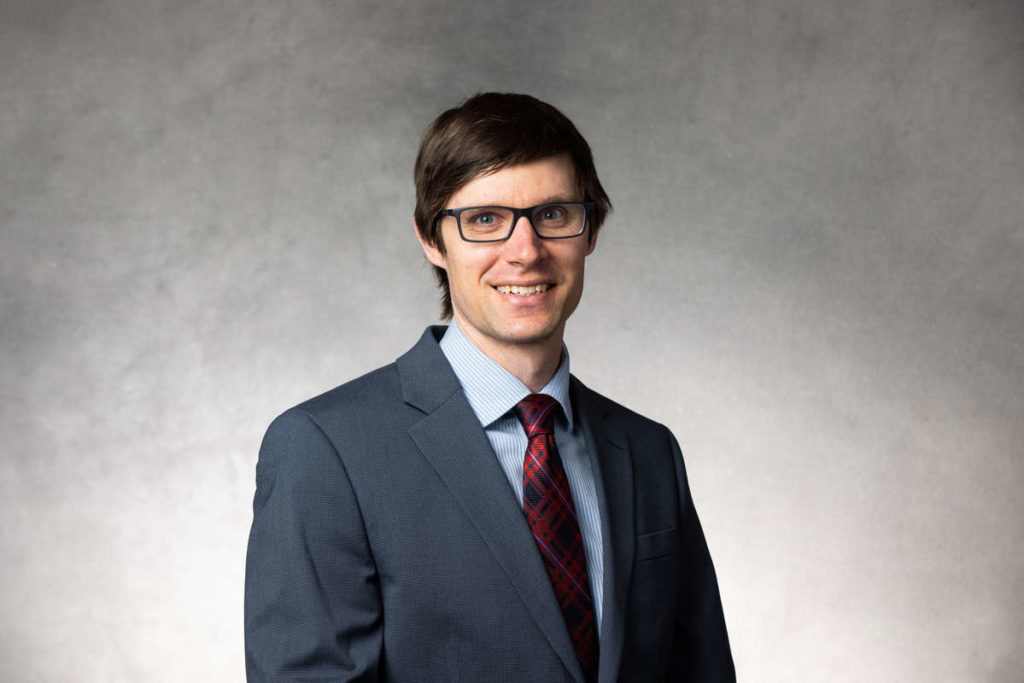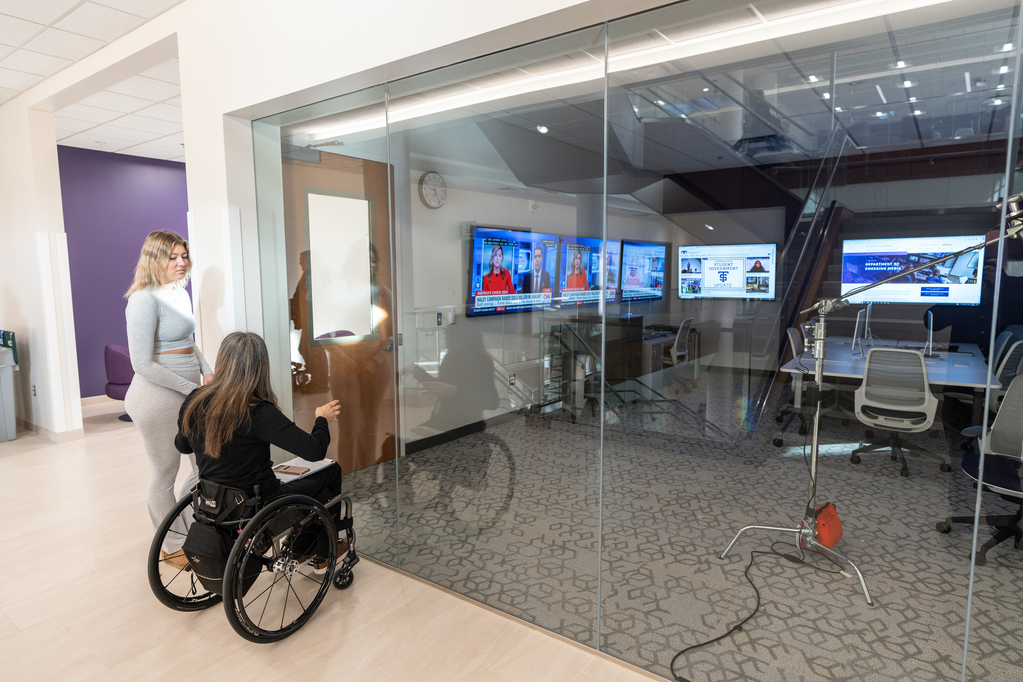Award-winning investigative reporter for the Los Angeles Times Jason Felch will discuss new methods of finding and tracking looted art in a 6 p.m. lecture Friday, Oct. 11, in Woulfe Alumni Hall, located in the Anderson Student Center on the St. Paul campus of the University of St. Thomas.
Felch’s talk, free and open to the public, is part of a two-day art history graduate student research symposium with the theme “Protecting the Past: Looting, Identity and the Preservation Crisis.”
Felch is author of the 2011 Chasing Aphrodite: The Hunt for Looted Antiquities at the World’s Richest Museum. In 2006 he and co-author Ralph Frammolino were Pulitzer Prize finalists for exposing the role of the Getty Museum and other American museums in the black market for looted antiquities.
Since the publication of Chasing Aphrodite, Felch is seeking to get the public, and especially students, involved in a crowdsourcing effort to find and track looted art. The title of his Oct. 11 talk is “WikiLoot: An Experiment in Crowdsourcing the Study of the Illicit Antiquities Trade.”
Felch hopes that WikiLoot will become a collaborative Web platform that uses social media to publicize and analyze primary source documents about the illicit trade of antiquities, and in turn call public attention to the scope of looting.
The symposium is part of a yearlong series of programs sponsored by the university’s Art History Department that focuses on ethical issues surrounding works of art and antiquities.
“An object or painting on display in a museum may seem a safe and secure way of preserving art, but recent history and events have shown that protecting art and the world’s cultural heritage is complicated and difficult,” said Dr. Mark Stansbury-O’Donnell, professor and chair of the St. Thomas Art History Department.
“Art historians have to consider not just the quality of a work of art but also its cultural context and the ethical issues surrounding its origin and ownership. Has a work of art been stolen? Has it been looted as part of a program of persecution? Has it been illegally excavated with damage to an important archaeological site? Is it being threatened by acts of war or natural disaster?
“Deciding how to protect and preserve the past, and to recognize the personal and cultural identity invested in art, is difficult amidst competing claims of multiple legal systems, money, and ownership,” he said.
The symposium includes a poster session that features field work conducted by Minnesota students who are members of the Archaeological Institute of America. The posters will be displayed in the lobby of Woulfe Alumni Hall on Friday, Oct. 11, and in the lobby of O’Shaughnessy Educational Center on Saturday, Oct. 12.
Graduate students from the United States and Europe will present research papers on cultural patrimony, artistic heritage and looting and preservation from 9 a.m. to 3 p.m. Saturday, Oct. 12, in the auditorium of O’Shaughnessy Educational Center.
Information about the symposium can be found on the Art History website.







